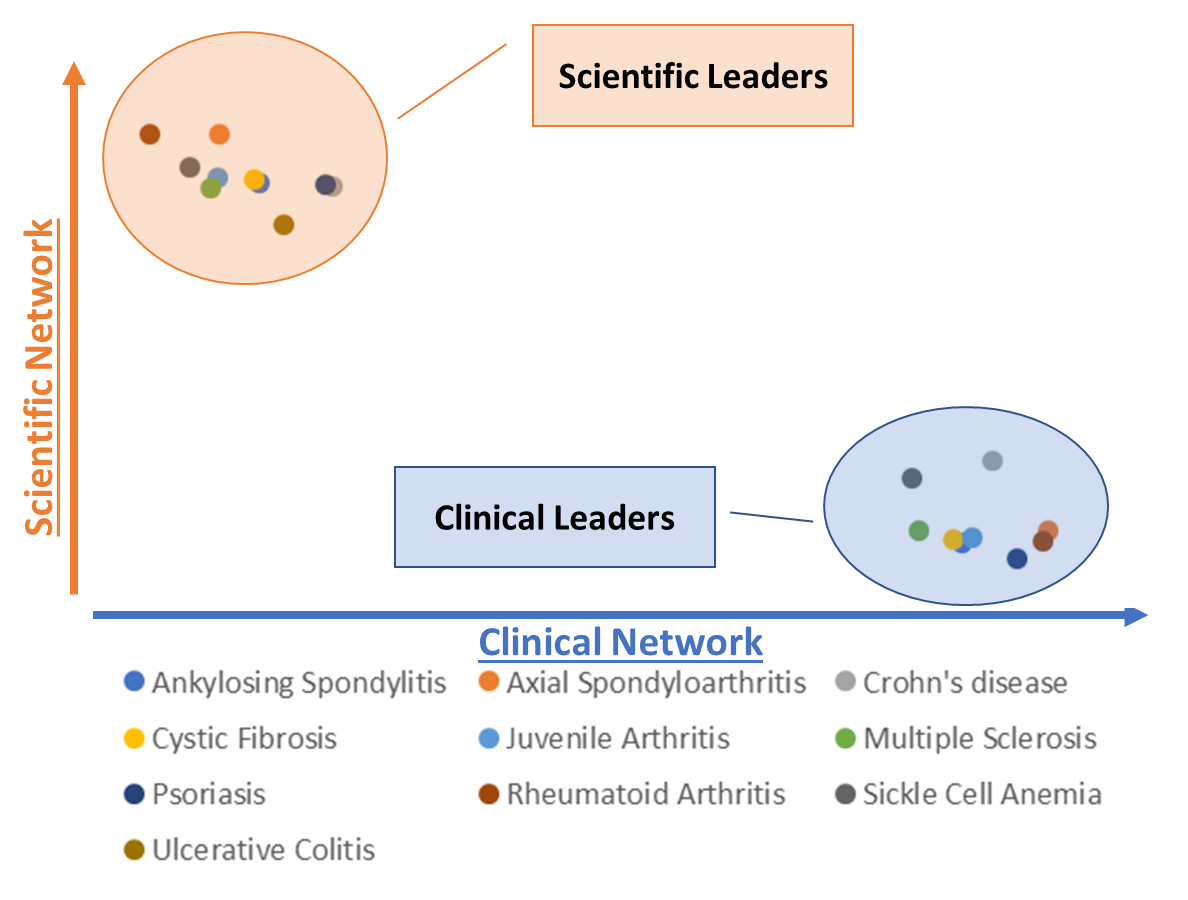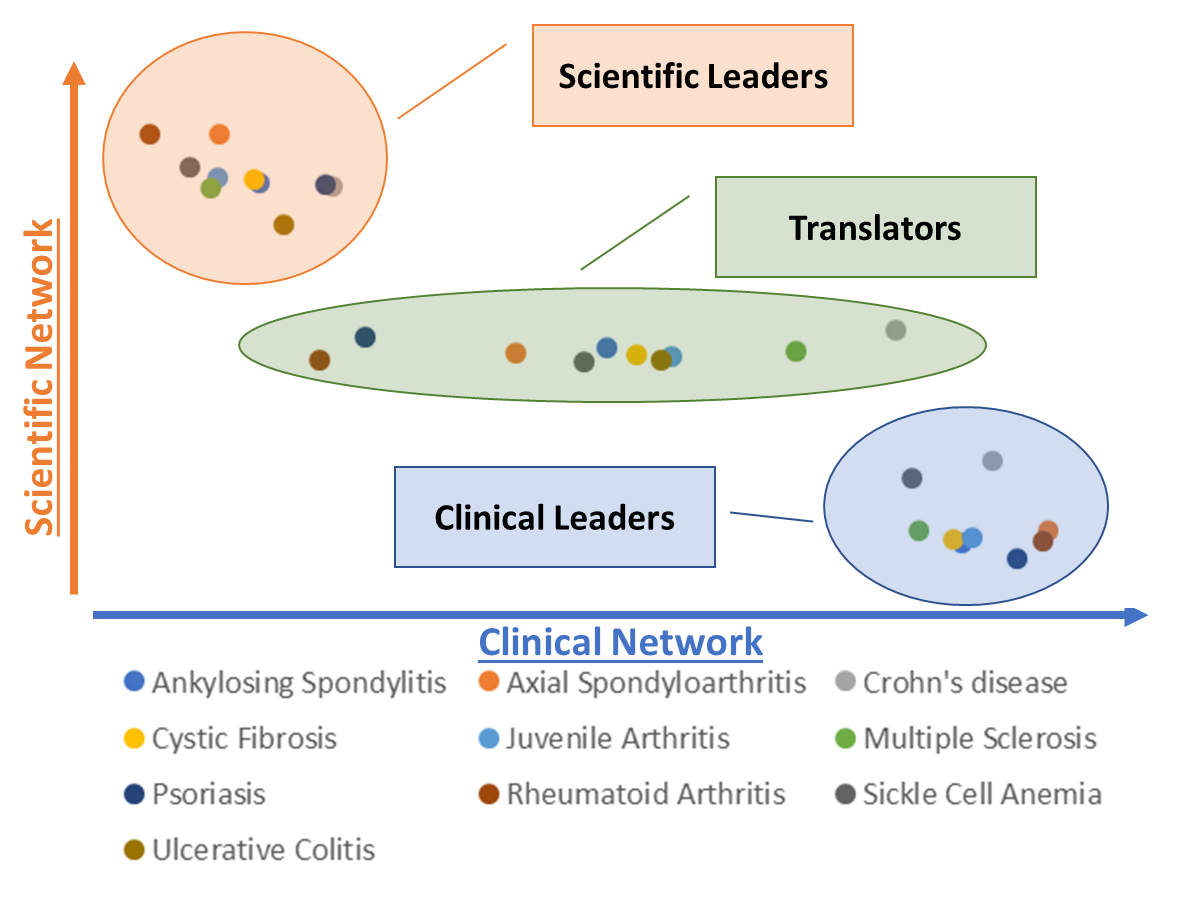About one-half of doctors/systems restrict access to pharmaceutical medical science liaisons (MSLs) and representatives. This trend is only worse due to the current pandemic. As if that weren’t enough, the volume of medical information on trials, treatments, and conditions continues to increase rapidly. Physicians routinely rely on medical journals (digital or hard copy) and articles to stay abreast of the latest treatment options and medical advances. Unfortunately, it is becoming increasingly difficult to sift through the rapidly growing content.
Approximately two million research articles are spread over 30,000 journals published in the biomedical literature every year. While most physicians attempt to keep up with advances in their area, they only read two to three articles per week on average, not nearly enough to stay on top of the latest advances in their specialty. So how do physicians separate the relevant information from the noise?
In the background, physicians are seeing and hearing information from peers and colleagues all the time. This happens both formally and informally as well as by observation of how others are treating their patients. Healthcare professionals (HCPs), like anyone else, are influenced by what they see and hear, as well as who they get it from. They also form their own communities (more appropriately called “Cliques”) of doctors who share information about recent advances and best practices among each other.
In the case of new product launches, new indications, or treatment protocol changes, this gap between access and information dissemination is even more important.
In the world of restricted access, it is imperative for pharma to be able to identify who are the biggest influencers within each community as well as understand how knowledge spreads from one community to another. In the case of new medical information dissemination, part of the answer lies in what we have identified as Translators. Translators are a unique subset of the medical community that connect the research community to the front-line treaters. They help to decode the hard science into actionable treatment options, directly shaping and advancing behavior in the medical landscape.
The Two Cliques Found in Every Therapeutic Category
We studied the connection patterns of physicians treating hundreds of therapeutic areas and identified many types of Cliques, ranging from the simple geographic clique to the more complex treatment-paradigm clique. We have also identified a pair of cliques that exist in nearly every therapeutic area, and understanding how information flows between these cliques is critical to be able to get the word out about your treatment/indication. That these cliques exist will not surprise you, but the degree that they do not directly engage with each other will.
The following graph shows how starkly these two groups differ. On this graph we are showing how these two cliques differ for 10 randomly selected therapeutic categories. The y-axis measures the average number of times physicians in the clique engage with other physicians in formal scientific efforts such as working together on publications, conference presentations, or clinical trials. The x-axis measures the average number of times physicians in the clique engage with other physicians in direct patient treatment as measured through patient referral data.
 As we can see from the above charts, Clique A—the Scientific Leaders—have strong connections in the research and science communities but little to no connections into the front-line treaters. Alternatively, Clique B—the Clinical Leaders—are well connected and networked with the practicing community but disconnected from the science and latest advances. The implications are important to the pharmaceutical industry, our scientific advances do not spread from the scientific experts to the broader treating community via word-of-mouth very efficiently. To get the around this problem, pharmaceutical companies sponsor speaker programs, the vast majority of which have little turnout and inconsistent impact. The truth is pharmaceutical sales reps and MSLs have and continue to be the primary vehicle to convey new scientific advances. But with the continued access restrictions, even that approach is challenged.
As we can see from the above charts, Clique A—the Scientific Leaders—have strong connections in the research and science communities but little to no connections into the front-line treaters. Alternatively, Clique B—the Clinical Leaders—are well connected and networked with the practicing community but disconnected from the science and latest advances. The implications are important to the pharmaceutical industry, our scientific advances do not spread from the scientific experts to the broader treating community via word-of-mouth very efficiently. To get the around this problem, pharmaceutical companies sponsor speaker programs, the vast majority of which have little turnout and inconsistent impact. The truth is pharmaceutical sales reps and MSLs have and continue to be the primary vehicle to convey new scientific advances. But with the continued access restrictions, even that approach is challenged.
Building Bridges From the Lab to the Clinic
As we worked with brand teams, sales representatives, and scientific liaisons we would hear of certain scientific experts who would have particularly high turnout and engagement at their speaker programs. Moreover, when we asked the “regular” physicians to name experts they looked to for advice in a therapeutic category, these same physicians were frequently named. It became clear that in each therapeutic category exists a group of physicians who have the credibility with the community doctors about the practical aspects of new scientific advances. We called these people “Translators” and went out trying to find a way to identify them.
When we looked more closely at what they published, however, we noticed something different. Their publications were almost invariably focused on the more practical aspects of medicine. That is, they were less likely to talk about the Krebs cycle and more inclined to talk about patient experience. With this insight in hand, we turned to our natural language processing and artificial intelligence experts to see whether we could identify these “translators” by the words they used when they published. We ultimately trained the infamous GPT-2 model developed by the OpenAI project on a proprietary corpus of medical and pharmaceutical texts that allowed us to identify texts and their authors that were written by these Translators.
What makes Translators special is they “speak” differently than many other physicians in that they have strong experience with both the science and the practical realities of the community physician. As such, we expected the Translators to have strong connections in both the scientific and clinical worlds—and that is exactly what we see. In the table below, we added the Translators to our original two-Clique graph, and we see clearly how they form a bridge between those two different worlds.
 Opportunities and Implications
Opportunities and Implications
Translators are not always aware of the role they play, nor are the surrounding community network HCPs specifically following them. Rather as new information and treatments emerge the Translators are ahead of the curve in understanding what this means to the practitioner and takes an active role in spreading the word. As we’ve worked with brand teams, we see that they know some/many of these doctors but were not aware of the importance of these Translators to information spread across the community doctors.
Brand teams need to incorporate the awareness of Translators and then refine and prioritize their targeting for everything from territory rep call plans, MSL efforts, KOL identification, speaker and audience targeting, and so on. The net effect of this will be an increase in productivity by being more efficient in your outreach. When your messaging, product, and information is effective at changing behaviors or reinforcing current positive behaviors, then your likelihood to preserve or grow share is improved.









